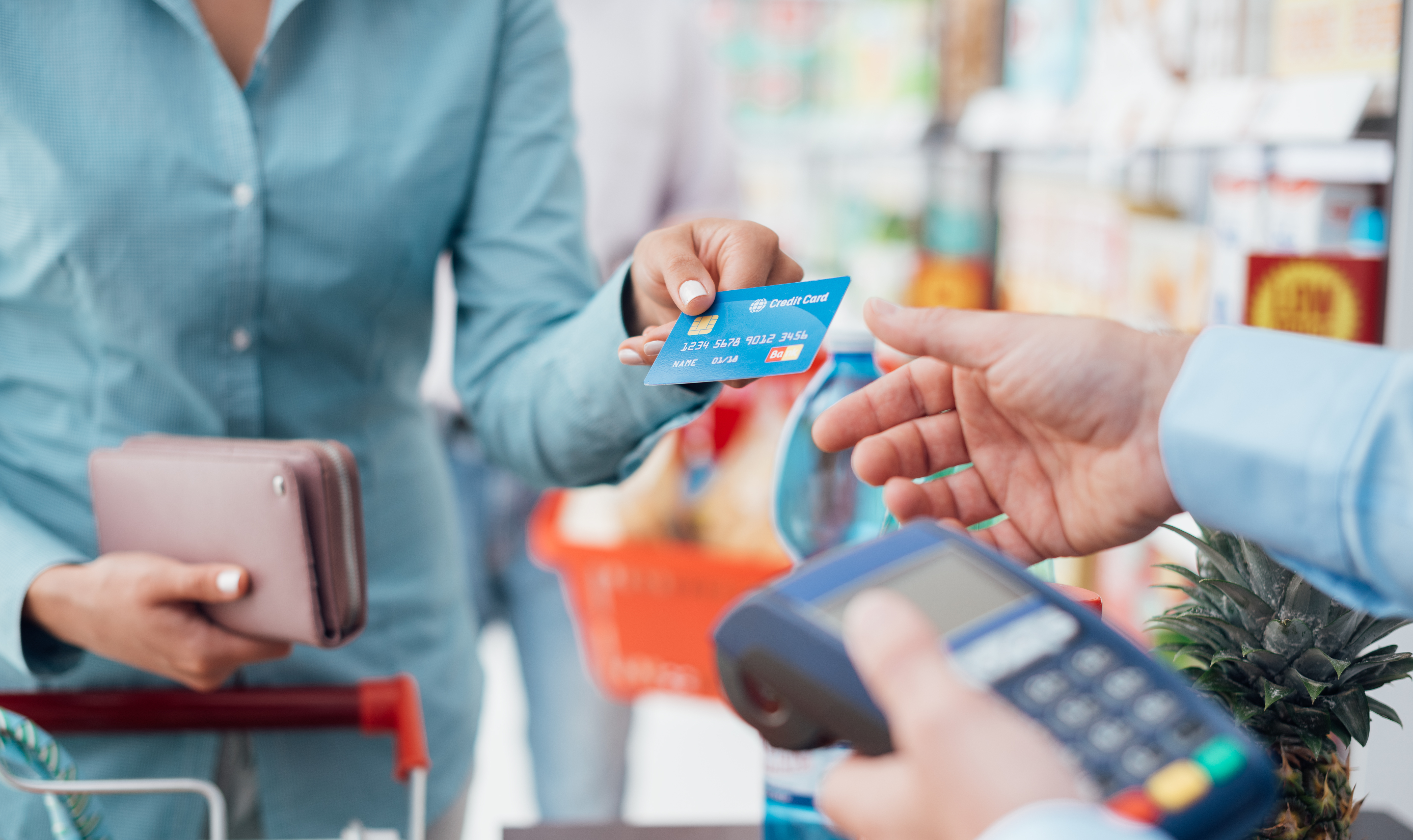Recently, Discover Financial Services learned the price of some cash rewards for using its credit cards.
The credit card company reported in April that its first quarter discount and interchange revenue was $677 million, which was a 5% increase from the same quarter last year.
Meanwhile, the company spent more than half of that amount – $446 million – to pay out cash rewards to shoppers. That figure is up $54 million, or 14%, from the same quarter the previous year.
Discover’s top executives pointed to its 5% rewards program to focused on groceries, a very costly category. Last year, the company’s program offered rewards on gasoline purchases.
Company stakeholders agreed that it was much easier to rack up the sales on groceries that gasoline, in most case. For example, a family could spend $200 per week in groceries, resulting in it spending $2,400 in one quarter. Under the 5% reward program, that family would receive a cash reward of $120.
Many credit card companies are learning the expensive truth of rewards program, forcing some to reconsider their offerings. Without these perks, consumers may leave their cards behind and shift toward other equally convenient options, like mobile wallets.
How Companies Scaled Back on Cash Rewards
Expensive rewards programs and rising delinquency rates have pinched profits for credit card issuers, forcing them to cut back on costly and unpopular perks.
Effective February 2018, Discover eliminated its benefits, including purchase protection, return guarantee, extended product warranties, auto rental insurance, and flight accident insurance.
In August 2018, Chase Sapphire Reserve cardholders lost price protection, and it began limiting Priority Pass Select access to two guests per visit. Prior to this change, there was no limit on the number of guests. Shoppers also no longer earn 3 times the points on travel purchases that qualify for a $300 annual travel credit.
In July 2018, cardholders of Citi Price Rewind had their maximum benefits per item reduced to $200. Previously, the amount was $500. Also, the maximum benefit per year was reduced from $2,500 to $1,000.
Why Issuers Pulled Back on Cash Rewards
For the most part, company’s and their rewards program were outsmarted by savvy credit card enthusiasts. These shoppers developed strategies to maximize perks, like free flights and cash backs, with giving the issuers the profits they banked on getting in return.
Credit cards are issued with the expectation that shoppers won’t pay off balances each months. Issuers make their money off the interest on those purchases that aren’t paid in full monthly.
These rewards were meant to lure in big spenders and a pool of interest rate revenue, but instead it ended up costing issuers. Many shoppers spent money, collected their rewards, and then, paid off their cards each month.
Other shoppers signed up for cards and collected the bonus points and then, never used the cards. Having a card and not using it doesn’t hurt a person’s credit.
Meanwhile, others got even smarter. They opened up credit cards, used the cards for purchases, collected their rewards, and then, opened up other cards to pay off the originals. It’s a win-win for a shopper in this situation.
Many credit card holders also have helped others get in on the cash reward game. Some, have even wrote online tutorials, teaching cardholders how to maximize these reward systems.
The Final Word about What Clamping Down on Incentives Means for the Future
Banks are concerned about credit card rewards programs are eating into their profits, which is why so many programs are being rescinded or sized down considerably. However, there will be consequences to this, especially those brands that have catered to the millennial generation.
This generation has lived through the Great Recession, have struggled to remain gainfully employed, distrust major institutions, such as banks, and aren’t afraid to abandon something that doesn’t give them exactly what meets their needs and preferences.
With this all in mind, don’t be surprised if shoppers seek out alternatives, like mobile wallets and payment services, such as Venmo, Zelle, and Google Pay.


